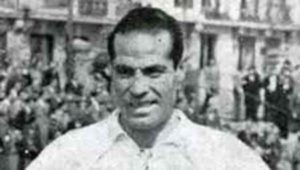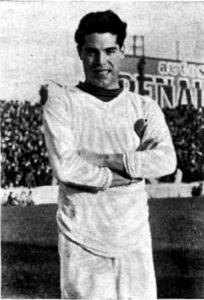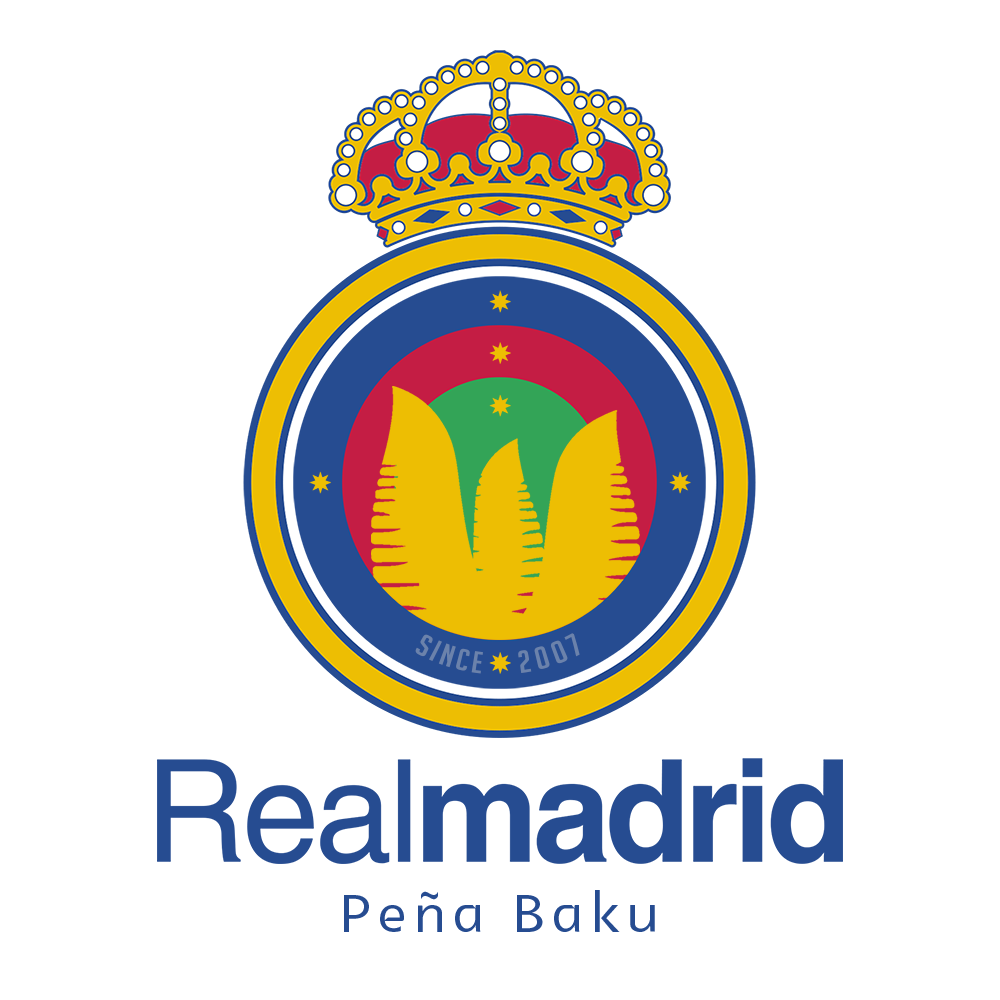
Gaspar Rubio: The Magician
One of the first geniuses to wear the white jersey. Those who saw him play say that when he had a good day he was unstoppable for the rivals. On the other hand, if he felt lazy or if he wasn’t in good form, he would make the fans frustrated, as they always expected a lot from him.
Born in Valencia, specifically in Serra, the town where he was born in 1907, he earned the nickname El Mago (The Magician) for his quality and the nickname Rey del Astrágalo (King of the Astragalus) for his problems with that small bone in his foot. A forward of great class, he stood out for his mastery of the ball, his ability, his intelligence and his outstanding dribbling skills.
He began playing soccer for several modest clubs until he signed for Levante. At the end of the 1920s, Pablo Hernández Coronado, the club’s technical secretary, saw him play and was impressed by his skills. The Madrid club paid 4,000 pesetas for his transfer and he was part of the team that debuted in the newly created Spanish League.

With a peculiar character, when he arrived in the capital he defined himself as a “Samitier, but better”. He had all the conditions to succeed but his temperament was always an obstacle. He saw soccer as a spectacle and was also one of the first players to demand bonuses in case of scoring goals or performing well during matches.
In his two and a half seasons with the white jersey, he had a fantastic performance. In the 28-29 season, he scored 11 goals and was the team’s top scorer along with Lazcano. The following season, he was one of the few who was saved in a Merengue team that occupied mid-table positions. He scored 19 goals, which made him the second top scorer in La Liga, and three of them were scored in a derby against Athletic Madrid in which he was a nightmare for the red and white defence.
However, in terms of titles, he had to settle for three Regional Championships. The team coached by José Quirante reached the Cup final in 1929 and 1930, but were defeated in both. First they came up against Zamora and Bosch’s RCD Español in the famous ‘Water Final’, and then were defeated by Pentland’s Athletic Bilbao after extra time. As a result, the Basques revenged their elimination the previous year in the ‘Match of the Frogs’, where the Madrid side overwhelmed their opponents in San Mamés by 1-4.
In the summer of 1930, after several months of complaining about pains in his foot (the rumours were that they were fabricated), he underwent surgery on his talus. Four splinters were removed and he was out of action for several weeks. However, to the surprise of the club and the fans, his career took a different path in November. He decided to pack his bags and together with two friends embarked in Vigo on the ‘Cristobal Colón’ bound for Cuba. He did not warn anyone and his farewell was cold and premeditated, as he considered it unfair that Zamora was the best-paid player in the squad.

On the island, he played for Juventud Asturiana and shortly afterwards also for Real Club España de México. In 1932 he returned to Madrid with the intention of resuming his career as a Madrid player, but nothing was ever the same. His teammates did not welcome him with open arms and he had disagreements with several of them. After playing a friendly against Athletic Madrid, he criticized Hilario Marrero and Luis Regueiro and the board of directors transferred him to the los colchoneros.
He played for a couple of years in the eternal white rival and also in Valencia and Levante where he won the Copa de la España Libre. After the war, he enjoyed a third spell at Madrid, with whom he played in the 1939 Campeonato Mancomunado Centro tournament, but after the tournament, he no longer stayed at the club.
A Spanish international on only four occasions, he has the second-best goal average in the history of the national team. In his first two games against Portugal and France, he scored three and four goals respectively, although his best performance was yet to come. England visited the Metropolitano on May 15, 1929 and lost for the first time in Madrid to a team from the continent. Rubio shone that afternoon and, in addition to beating Hufton on two occasions, he had a match to remember according to the chronicles of the time. A year later, he said goodbye to the national team against Czechoslovakia in a match held in Montjuic.
In his life after football, he devoted himself to coaching. He coached Levante, Hércules and UD Lérida, and also crossed the pond to sit on the bench of several Mexican teams. He lived there until he died of pneumonia in the Aztec capital at the age of 75.
Source: La Galerna
Author: Alberto Cosín
